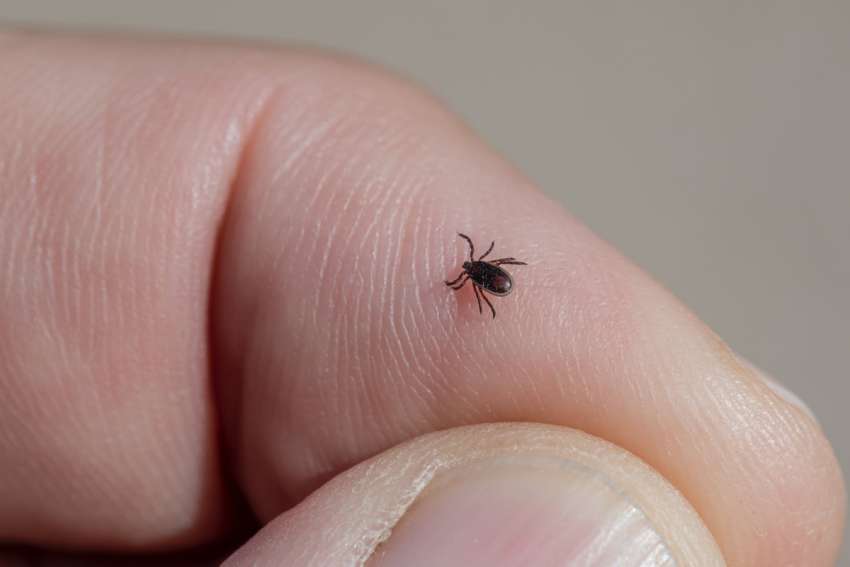One reason Lyme suffering is patronized or ignored is because the typical tests given at ER’s and clinics are extremely faulty. One statistic is that only 20 per cent of people with Lyme will actually test positive.
If you’re “fortunate” enough to develop a red bullseye mark around the bite site, you will be given the proper acute Lyme medication immediately. But the bullseye does not always appear with Lyme. If you have gone for weeks or more without treatment after getting bitten, you will need a boatload of longer-term synthetic medicines, herbals and other cures.
Some people will have “chronic Lyme” that requires lifelong care. Others will eventually die from Lyme complications. If you hear the term “Post-Treatment Lyme Disease Syndrome (PTLDS)”…run. This comes from first tier Lyme deniers. So-called PTLDS is nothing more than Lyme disease itself, untreated, undertreated or resistant-to-treatment Lyme.
Lyme affects everyone differently, and, if you weren’t aware of getting bitten (ticks can create a slight analgesic so they can bite undetected, and tick nymphs can hardly even be seen), you might go for years with a handful of random symptoms that aren’t even suspected to be Lyme.
Part of what makes Lyme disease so pernicious and tricky is that it hides from the immune system (therefore testing for antibodies can be rather useless). If our immune systems could recognize it, it might not be that hard to clear. It has undetected free reign and wreaks havoc on just about every part of the body, including passing the blood-brain barrier with ease.
Lyme is spreading all over Canada and in many parts of the world. Where do ticks live? In the woods, in short and tall grass, open meadows and even grass embedded in the sandy beaches of oceans and lakes.
Ticks can’t fly, hop or jump. They can only walk super, super slowly, drop out of trees onto you or grab onto skin or clothing when you brush against twigs, branches, grass, undergrowth. They are literally hanging on to the brush with their back legs while their front pinchers are stretched out to embrace you.
When is tick season? Every season. True, they tend to become inert when the weather gets below freezing, but as soon as the temperature goes above zero? They’re up and at ‘em. What sprays can you use when you’re outside? There are several essential oil scents they dislike, but Permethrin is a heavy duty clothing treatment that’s probably the best. A landscaper friend told me to spray cedarwood oil heavily all over hair, skin and clothing if you don’t have time to pre-treat clothes with Permethrin. So far it has worked for me. Always do a naked full-body tick check when you come inside. An immediate shower can help, as well as throwing all clothing into the dryer (the heat will kill ‘em).
Tick removal needs to be done carefully with a special tick removal tool you should always carry in your backpack. Tweezers can work, but squeezing too hard makes the tick regurgitate the poison into you and/or pieces of the tick can be left behind. Are you convinced you have Lyme disease and no one will listen or give you antibiotics? Find a “Lyme literate doctor” near you at ilads.org. Beware the many tick/Lyme myths out there!
Have I sufficiently scared you? Good. The surest way to never get Lyme is to stay out of nature because… it’s everywhere. If that’s not an option become a fanatic tick-o-phobe.
(Sr. Burns, fsp, is a Daughter of St. Paul. She holds a Masters in Media Literacy Education and studied screenwriting at UCLA. Hellburns.com Twitter: @srhelenaburns.)


